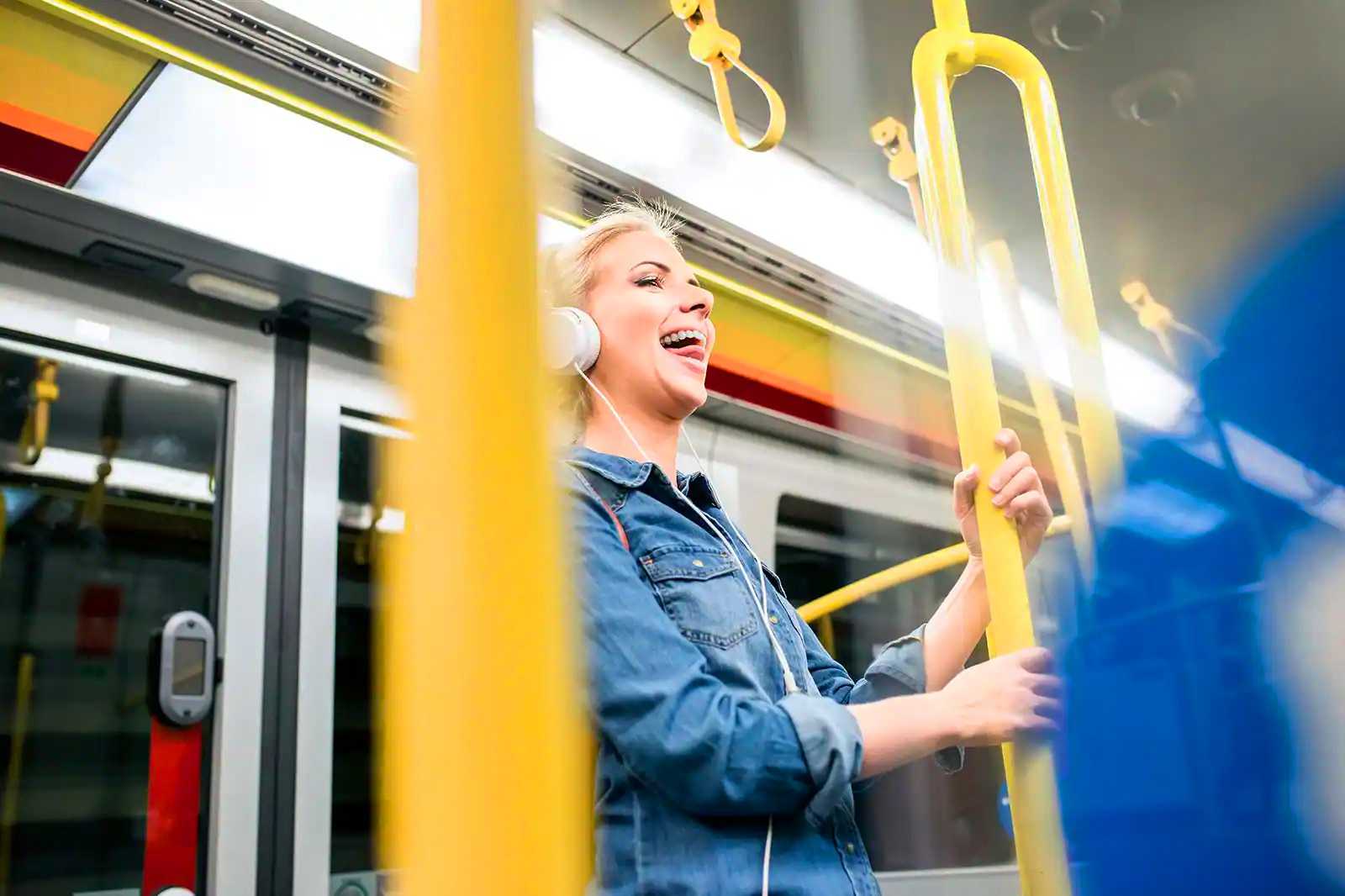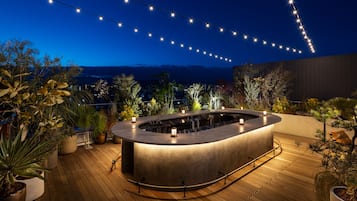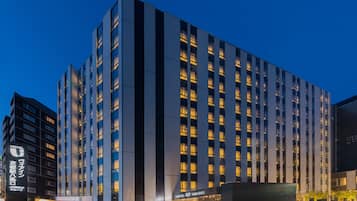If you’re planning a trip to Kyoto, here are some mistakes you should avoid if you want your time to go smoothly in the ancient capital (as well as Japan as a whole).
It’s a common concern to worry about certain aspects of a first-time trip to Japan. The language barrier and cultural differences are potential hurdles that you’ll no doubt encounter. Some of these issues might be well known, others less so, but all of them should be noted to ensure a great time in Kyoto.
- 1
Packing the wrong clothes for the season
It’s extremely hot and humid in summer, and cold in winter

Kyoto experiences very different climates throughout the year, and you would be well advised to consider the climate when packing for your trip. During summer, the weather is typically warm and very humid. Temperatures can exceed 30°C in July and August, but it’s the humidity that will leave you sweaty on walks around the ancient streets.
Winter in Kyoto is markedly different. Snowfall is common in December and January, along with sub-zero temperatures. Make sure you bring a winter coat and some comfortable boots.
- 2
Being loud on trains and subways
It’s impolite in Japan

The train network in Kyoto will likely be your main mode of transport, so it’s a good idea to learn about the dos and don’ts. Firstly, keep your phone on silent mode and try to avoid long phone calls that could disturb other passengers.
Other etiquette tips include not eating or drinking on the train in Kyoto, and not leaving litter – although this is just as important off the train as on it.
- 3
Taking too many taxis or subways to get around
Kyoto is rather small and many areas are accessible on foot or bicycle

Kyoto was designed as a royal city based on the elements of feng shui – a concept inspired by the royal cities of ancient China. There are mountains on 3 sides of the city, with the southern side open, and a river running through the centre, all of which work well for feng shui. But Kyoto’s suitability for feng shui has also stunted its growth.
It's easiest to think of Kyoto in terms of 3 distinct areas for exploration. First, the southern area, close to JR Kyoto Station; Second, the downtown area surrounding Karasuma subway station; Last, the northern area where you’ll find many ancient shrines and the Imperial Palace. Once you’re in an area you can often walk from place to place or even cycle from place to place. You should reserve train and taxi rides for trips between these 3 areas.
- 4
Being late for appointments
People in Kyoto are extremely punctual (along with the rest of Japan)

The Japanese are incredibly punctual in all aspects of life. This is most important when it comes to work, but you should pay attention to this fact when it comes to dinner reservations, leisure activities and public transport plans.
People work so hard to appear punctual there is a thing called a ‘train delay certificate’ (densha chien shoumeisho), which is given to passengers on trains or buses if there is a delay of any kind. Passengers can then use this certificate to prove their late arrival was the fault of the transport company. If you do find yourself running late, it’s a good idea to apologise to your Japanese acquaintances by saying “gomen nasai” (I’m sorry). This simple gesture will go a long way.
- 5
Booking a hotel in the wrong area
Are you intending to stay in Kyoto or explore the Kansai region?

Deciding where to book your hotel in Kyoto is one of the most important decisions you will have to make before your trip. It makes most sense to decide what you intend to see and do in Kyoto.
Are you planning to visit the ancient temples and shrines within the city limits? If so, look to stay in Kyoto city centre – the downtown area around Karasuma is a safe bet. But if you’re planning on exploring the whole Kansai region, it would make most sense to look for accommodation around JR Kyoto station in the south of the city.
- 6
Expecting locals to speak foreign languages
Many Japanese people cannot speak other languages

It’s not common for Japanese people to speak foreign languages in Kyoto, outside of hotels and sightseeing hot spots. Be sure to have your translation app or guidebook handy for everyday conversations to help you get what you expect.
If you’re feeling a bit lost in translation and are looking for English speakers in Kyoto, head to an Irish pub around Kawaramachi or Sanjo-dori. There are many locals of all ages there who are looking to converse in English.
- 7
Sticking to the tourist hot spots
There are many lesser-known awesome sights in Kyoto

Kyoto is packed full of jaw-dropping ancient landmarks, including 17 UNESCO World Heritage sites. Of course, you will want to visit world-famous shrines like Kiyomizu-dera Temple and Kinkaku-ji (The Golden Pavilion). But don’t discount lesser-known landmarks that are, in many ways, just as interesting, with the added benefit of fewer crowds. It makes photographs and videos much easier and cooler.
- 8
Not planning ahead
Book tickets and make reservations ahead of time

If you want to experience some of the most sought-after and exclusive experiences in Kyoto, it would be wise to plan ahead. This means making reservations or booking tickets at the city’s finest fine-dining restaurants (kaiseki-ryōri) or Geisha teahouses (ochyaya).
If you’re already in Japan, ask your hotel concierge to help you. Otherwise, you can look for details online to be sure you don’t miss out on a bucket-list experience.
- 9
Expecting to pay with credit cards everywhere
Some places only accept cash

Don’t rely on credit cards when visiting local attractions or small shops in Kyoto. Of course, in hotels and shopping malls you will be able to use your credit card to pay for goods and services, but this is less certain at local places. In many instances, you will need to pay cash.
This is especially true if you visit small villages in Kyoto Prefecture – always have some cash handy.
- 10
Standing on the left side of the escalator
Right is for standing, left is for walking

There’s no better example of how willingly the Japanese follow the rules than their use of escalators. As is customary in many cultures around the world, different sides of the steps are intended for people who want to stand and people who want to walk. But in Japan, this is done without exception. In Kyoto, the left side of escalators is for people in a hurry, who want to walk up the stairs and don’t want to be slowed down.
However, if you travel north to the Kanto region of Tokyo and Yokohama, this convention is the opposite way around. People in that region use the right side of the escalators for walking – don’t ask us why.



















